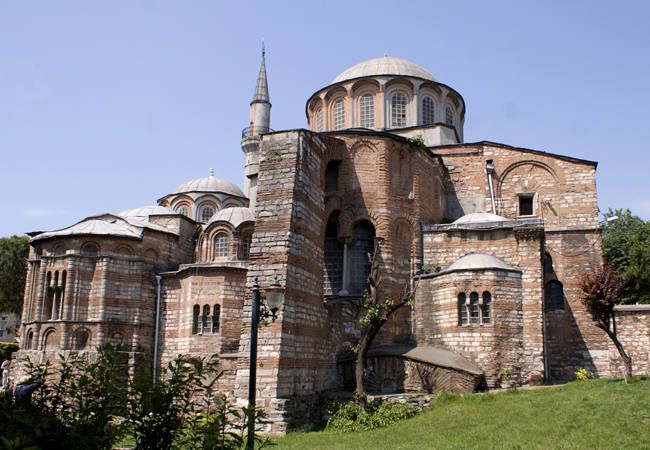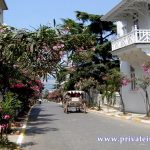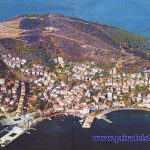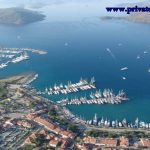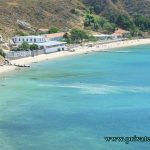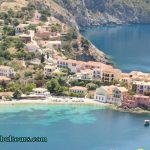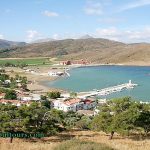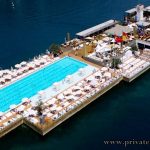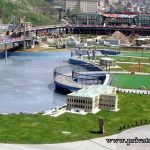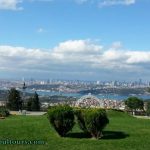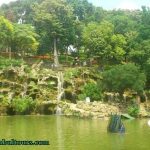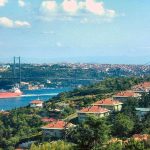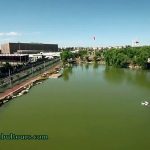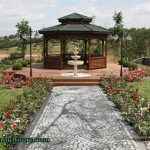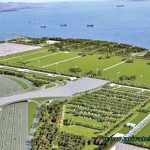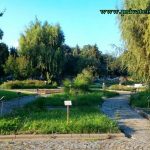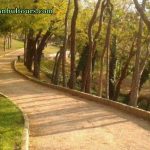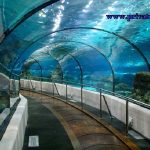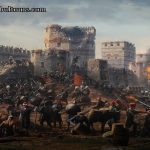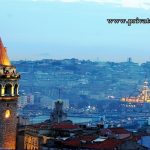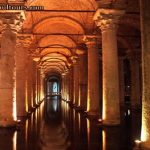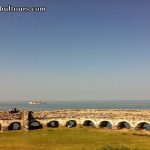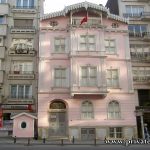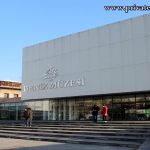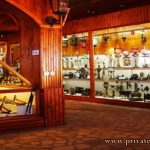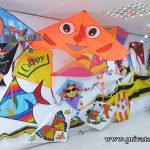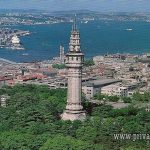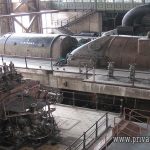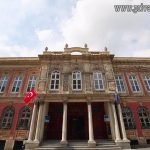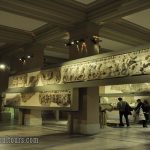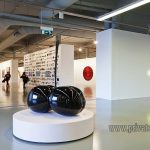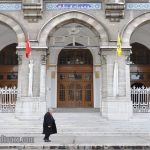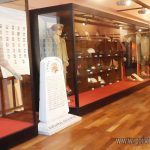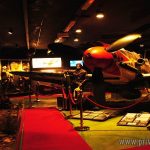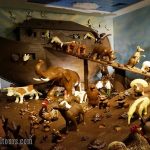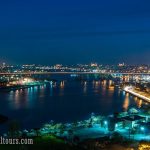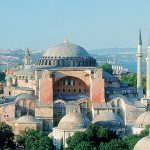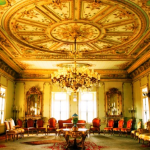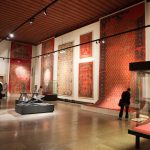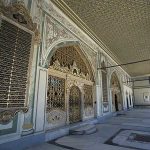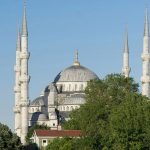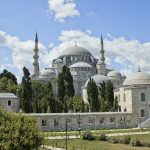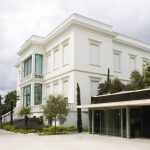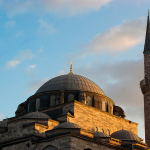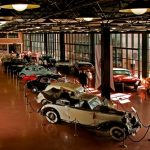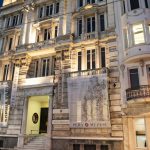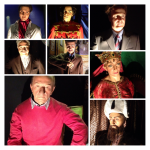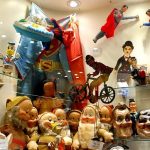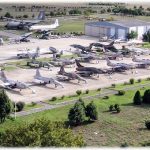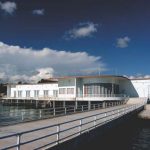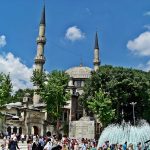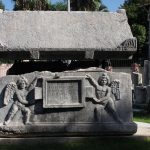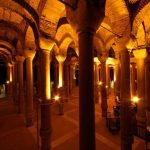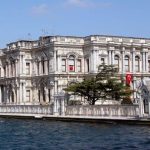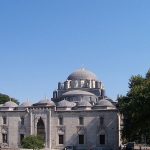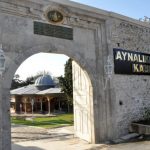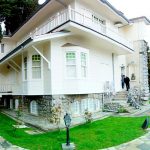The Kariye Museum is one of the most important museums in Istanbul, attracting local and foreign tourists. Let’s take a look at where the Kariye museum is, how to get there, the entrance fee. First, I must state that there is a constant visitor circulation here. Of course, one of the reasons for visiting the Kariye Museum is that it is historically so. Kariye Museum During the Byzantine period, the church was used as a mosque after Sultan Fatih’s conquest of Istanbul.
Kariye museum m.s. 6th century. It has a history as far as it goes. When it was designed as the first church, many constructions were built around the monastery complex. These structures collapsed over time and did not arrive on a daily basis.
History of Kariye Museum
It was built by St. Teodius in the time of Justinianus in 534 as a monastery. In the eleventh century, the mother-in-law of I. Alexios was rebuilt by Maria Dukaine. The monastery, which was damaged by Latin invasion between 1204-1261, was repaired by Teodor Metokhites in the 14th century. Outer Narthex and Parekklesion monastery were added. He added Parekklesion for himself. At the moment, the tomb is located at the entrance of the museum with a marble stone. It consists of five main architectural units with Kariye, Naos, two-storey annex on the north side, Inner Nartex, Outer Nartex and Parekklesion on the south side. The main structure of the present church is a dome-covered, shortened plan. The dome is carried with four piers in the form of kiborion. It’s a high hoop. 16 long windows allow plenty of sunlight to enter the interior. In the north there is a high possibility that the additional building at the bottom is the treasure house of the lower story and the upper story is Metokhites’ library. In the south west of the outer narthex, there is a minaret today in the section where the bell tower was previously. The main site of the church (Naos) 10.5 # 15 mt. . The main floor and walls are covered with marble. The marbles, which are white and gray veined, are used intensely in the decoration of the snow. Furthermore, a rich appearance was obtained with porphyry, antique green, onyx, red, yellow and pink colored marbles brought from various places such as North Africa, Eubroz Island, Afyon. Marble workmanship in Kariye is as good as marble workmanship in Hagia Sophia, but it does not sink between the pictures made with rich mosaic and fresco technique.
The prominence of the monastery is the palace of the Byzantine Empire and the center of the state administration, with the Blackhernai Palace, near the walls of the Golden Horn, rising (the Tekfur palace at the bottom of the walls of Edirnekapdaki).
It has survived a major earthquake of 1296. After Fatih Sultan Mehmet’s conquest of Istanbul 58 years later, in 1511 Sultan II. Atik Ali Pasha from Beyazid’s grand viziers has been transformed into a mosque. In this transformation, the mosaics and frescoes on the walls are covered with plaster. As the mosque, only the minaret on the corner and the mihrab in the south are added inside. The originality is preserved.
This mosque was closed in the 20th century. Sponsored for the restoration of this building, which was damaged by earthquakes and mosaics and frescoes plastered by institutes in the United States. From 1948 to 1958, mosaics and frescoes were recovered after these works. In 1958, it was opened under the name of Kariye Museum and reached to daylight.
The houses around them have also been restored in the style of old Istanbul cumbali houses. Right next door is Kariye Hotel for domestic and foreign tourists coming to stay in the residence. This hotel is in service for those who want to eat meals. You can buy souvenirs or postcards from the shops around the museum. Tired of touring the museum, you can enjoy a Turkish cup of tea in the tea garden opposite to the museum to relax and soothe.


